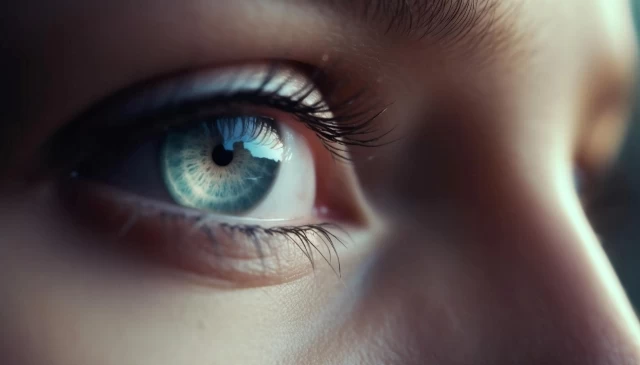Eye health is one of the primary focuses of modern medicine. Advancements in technology and surgical techniques have made solutions for vision impairments and age-related visual problems more effective and reliable. Trifocal and EDOF intraocular lenses stand out as one of the latest innovations in this field.
What Are Trifocal and EDOF Lenses?
Trifocal and EDOF lenses are advanced ophthalmic surgical implants designed to replace the eye's natural lens. These lenses provide clear vision at far, intermediate, and near distances. The term "trifocal" refers to the lens having three different focal points, while "EDOF" (Extended Depth of Focus) means an extended range of focus. Both are designed to enhance visual quality and enable clear focusing at necessary distances.
Advantages
• Three Different Focal Points: Trifocal lenses improve quality of life by providing clear vision at far, intermediate, and near distances. This allows users to perform daily activities such as driving, using a computer, and reading with ease.
• Extended Depth of Focus: EDOF lenses enhance the range of clear vision, improving contrast and visual comfort.
• Natural Vision: Trifocal and EDOF lenses provide a more natural visual experience. Eye movements are perceived more naturally, and the multi-focal design helps the brain process images more quickly and accurately.
• Low Contrast Loss: Compared to traditional multifocal lenses, these lenses offer reduced contrast loss, allowing for sharper and clearer vision.
• Surgical Compatibility: Trifocal and EDOF lenses can be easily implanted using modern ophthalmic surgical techniques. The success rate of these procedures is high, and recovery is generally quick.
Disadvantages and Considerations
• Adaptation Period: Some users may take time to adjust to trifocal and EDOF lenses. Getting used to different focal points varies from person to person.
• Cost: Trifocal and EDOF lenses are more expensive than traditional monofocal lenses. However, considering the long-term benefits of visual comfort and quality of life, this cost can be seen as an investment.
• Surgical Risks: Like any surgical procedure, intraocular lens implantation carries some risks, including infection, inflammation, or changes in vision. Therefore, a thorough eye examination and consultation before surgery are essential.
Conclusion
Trifocal and EDOF intraocular lenses offer a modern and effective solution for addressing vision problems. With their three focal points and extended depth of focus, they help users lead a more comfortable and enjoyable life. However, consulting an ophthalmologist before choosing these lenses is crucial for evaluating individual needs. Under the guidance of an eye health specialist, trifocal and EDOF lenses can be a reliable option for enhancing visual comfort and improving quality of life.
Op. Dr. Murat Ayan
Ophthalmologist


